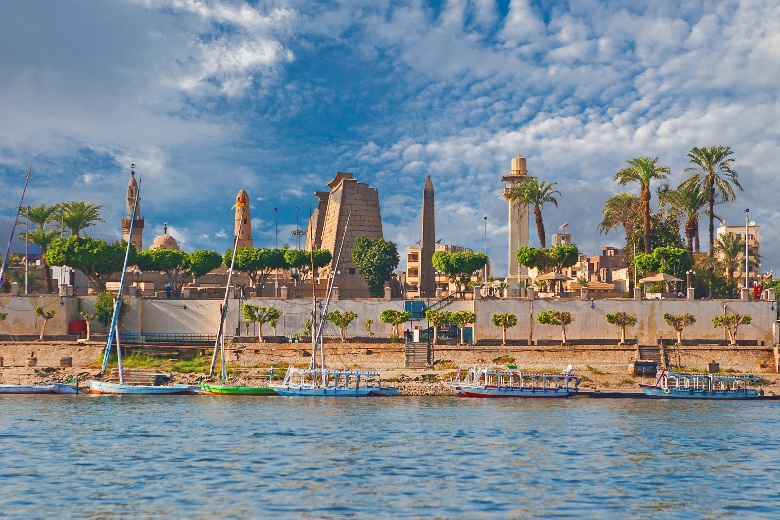
Luxor is a city in southern Egypt, that sits on the banks of the world-famous River Nile.
This incredible city is one of the world’s greatest examples of ancient history and culture. It covers the site of the ancient home of the pharaohs, Thebes, and is right next to the Valley of the Kings and the Valley of the Queens.
This is a must-see destination for any amateur Egyptologists and is without a doubt one of the most culturally significant places on earth. There is a seemingly endless amount of tombs and temples that have been carefully preserved to this day.
Luxor is not only famous for its past though, it is also a modern marvel of commerce and innovation.
Here’s a list of the top attractions in Luxor…
Avenue of Sphinxes
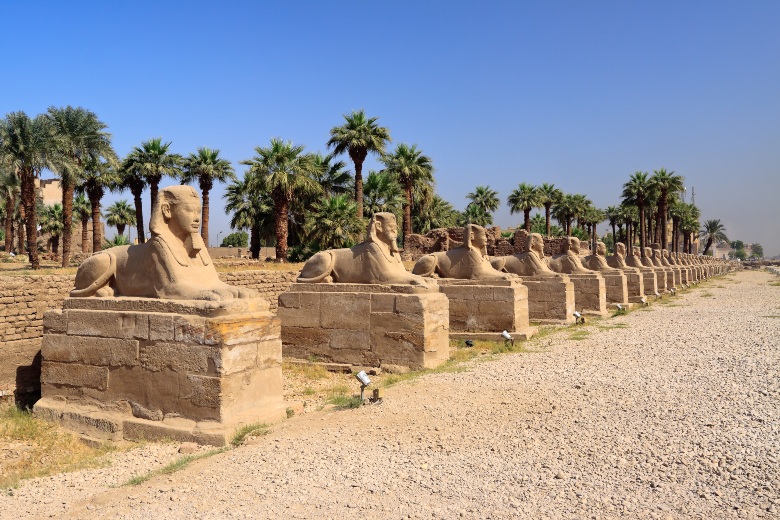
The Sphinx, Egypt’s mythical creature with the body of a lion and the head of a man, is synonymous with this fabled land.
The legendary Avenue of Sphinxes acts as a road between Karnak Temple and Luxor Temple and is one of the most popular and photo-worthy places you’ll see on your trip.
Majestic sphinx statues stand side by side, lining the walkway and stretching as far as the eye can see. These incredible monuments were uncovered along with the city of Thebes, and to this day are astoundingly well preserved, creating a truly impressive visage.
Valley of the Kings
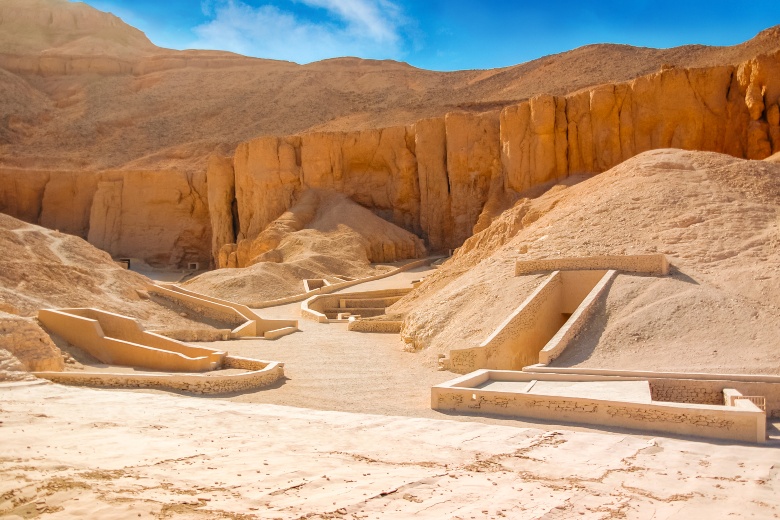
The Valley of the Kings, which is sometimes called the Valley of the Gates of the Kings, is a valley where tombs were painstakingly cut out of the rocks for the pharaohs and important Egyptian nobles. The valley was excavated to create these tombs for over 500 years between 16 and 11 BC.
Today, this famous site attracts many visitors from around the world. The tickets are extremely reasonable, around £10 for adults and £5 for children, and you can spend as long as you like looking around and getting some brilliant pictures for your holiday photo album.
Valley of the Queens
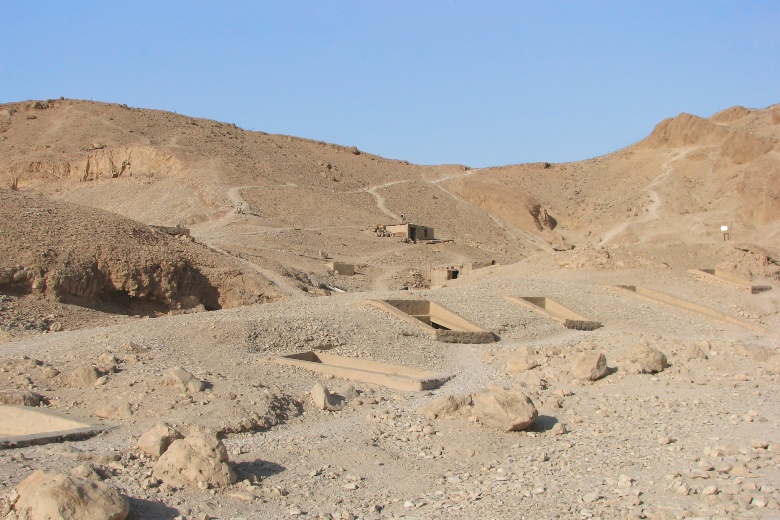
The Valley of the Queens is another must-see part of Luxor. It is the place where the pharaoh’s wives were buried, and its original name was ‘Ta-Set-Neferu’ meaning ‘the place of beauty’ which is a lovely epithet.
The Valley of the Queens is the resting place of many royal and noblewomen from the 18th, 19th and 20th dynasties. It’s located conveniently close to the Valley of the Kings, so it’s easy to visit both sites together.
Valley of the Artisans
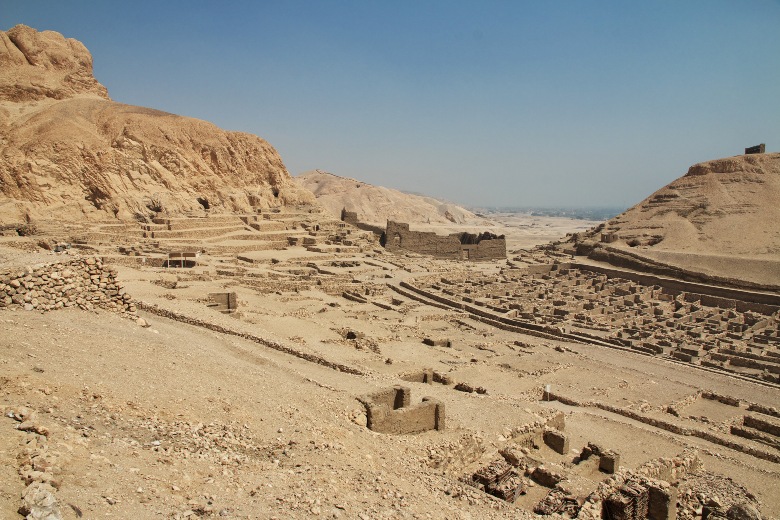
The Valley of the Artisans is another fascinating example of ancient Egyptian life. This lesser-known site is not as busy as the other valleys, but it is equally worth a visit.
Here you will find the ruins of buildings and ancient dwellings, as well as tombs with interior walls covered in beautiful paintings. One of the most amazing things about these archaeological sites is how the colours, painted thousands of years ago, are still clearly visible and vibrant today.
Luxor Museum
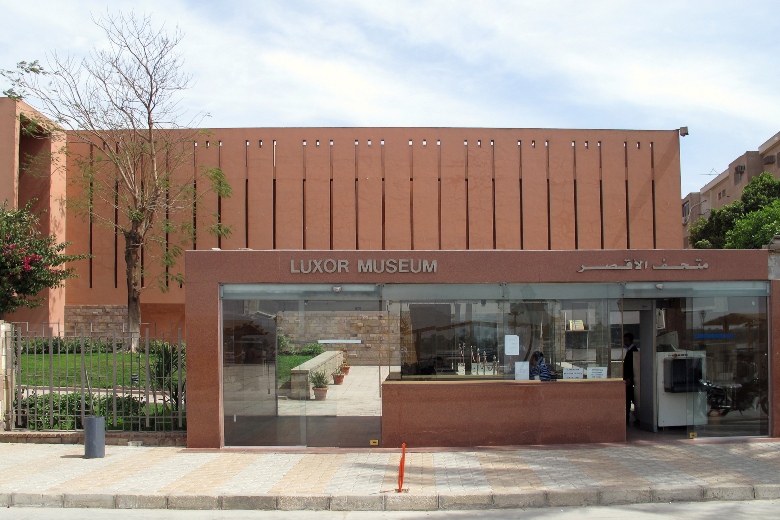
The Luxor Museum stands proudly on the east bank of the River Nile. It has a more modern vibe than other museums in Egypt and hosts a variety of exhibitions and artefacts.
Displays here include historic statues, perfectly preserved mummies, traditional jewellery and other intriguing antiquities.
The museum is large, but not overwhelmingly so, and it is exceptionally well laid out to showcase each individual display at its best.
Luxor Market
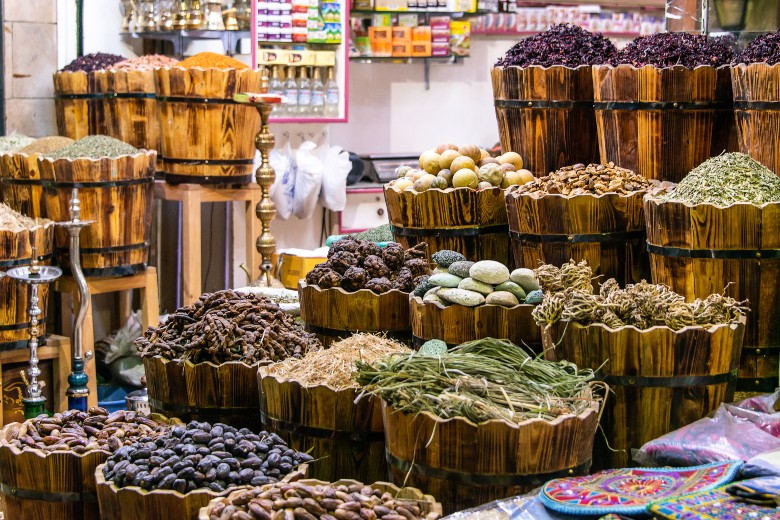
One of the best ways to sample the culture in Luxor is by way of the traditional markets. Be prepared for a barrage of beautiful colours, exotic scents, clamouring noises and, of course, sales.
The Luxor Market is a delightfully busy place where a sense of hectic buying and selling merges with a relaxed atmosphere where everyone stops to chat. If you’re after some traditional souvenirs and knick-knacks to take back home, this is a great place to look, plus the market experience really is an essential part of your Middle Eastern trip.
Howard Carter House
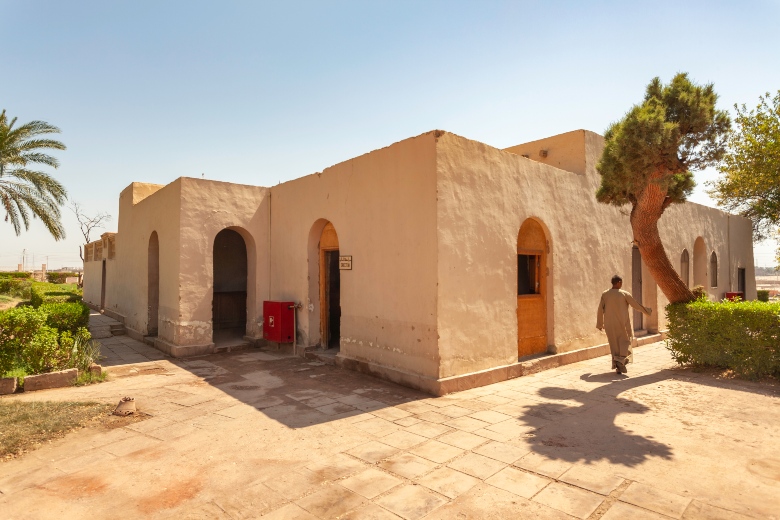
Howard Carter was a British archaeologist and Egyptologist who made the incredible discovery of pharaoh Tutankhamun’s tomb. He discovered the tomb in 1922, and to this day it is the best-preserved tomb found in the Valley of the Kings, and one of the few fully intact in Luxor.
The Howard Carter House is a small, museum-esque building that was Mr Carter’s home during his time in Luxor. Today, tourists can look around the house and see the period typical decor and personal effects.
The house itself is grand and beautiful from the outside as well, with lovely greenery surrounding it, and it makes for a lovely photo backdrop.
The Tomb of King Tutankhamun

The first of many famous tombs (really, there are an awful lot of famous tombs in Luxor, and temples too) is the tomb of King Tutankhamun.
Tutankhamun was a young pharaoh who ruled during the 18th dynasty of the New Kingdom.
Interestingly, historians believe that Tutankhamun was not an overly renowned or important pharaoh in comparison to other rulers of that era – he had a notably small burial area – but because his tomb is the only intact one to survive to this day, he has become famous by default.
Temple of Karnak
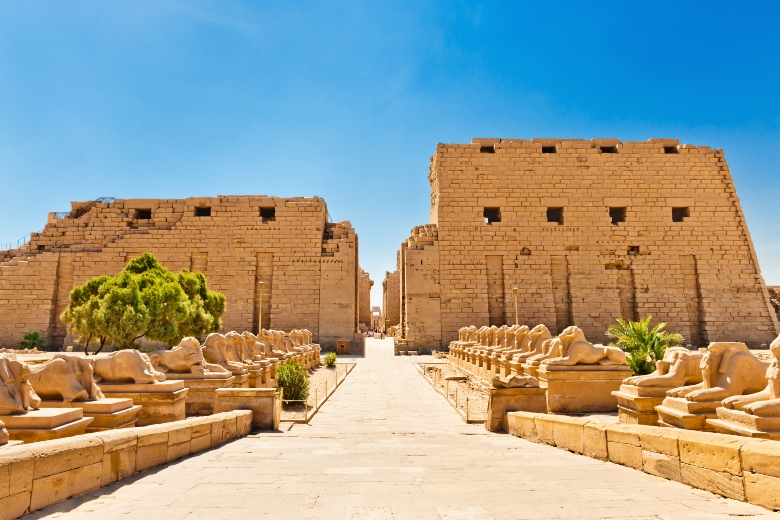
The Temple of Karnak, accessible through the Avenue of Sphinxes, is a huge complex of partly preserved archaeological sites, statues, chapels, pillars and other ancient buildings.
The temple is dedicated to three gods, Amun who was the god of sun and air, Mut who was considered the mother goddess and Khonsu who was known as the god of the moon.
This vast historical site is the largest religious building ever constructed, and it was known by the ancient Egyptians as the ‘most select of places.’ Even in ruins, it’s still a very impressive sight, and well worth a visit.
The Tomb of Queen Nafertari
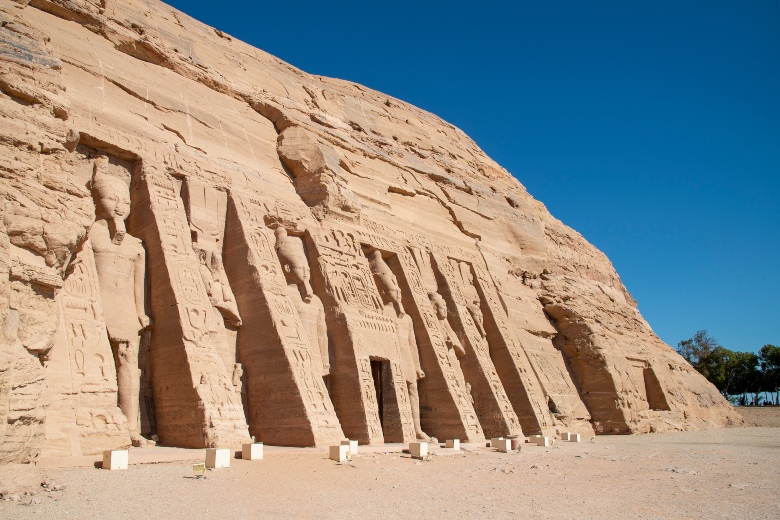
Often confused with Queen Nefertiti (who ruled alongside her husband King Akhenaten in the 14th century BC) Queen Nefertari was the wife of Ramses II.
Queen Nefertari is one of the most well known ancient Egyptian queens. She was a highly educated woman who could read and write hieroglyphics, which was a very rare skill during that era.
The tomb was discovered in 1904 by Earnest Schiaparelli. It is beautifully decorated with intricate artwork, paintings and carvings. Visitors can visit the tomb which is located in the Valley of the Queens.
Luxor Temple
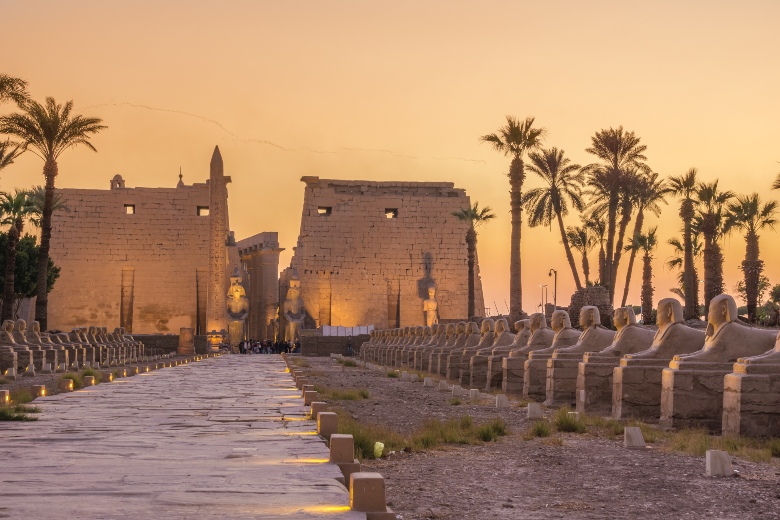
The Luxor Temple is a religious complex, similar to the Karnak Temple and also accessible via the Alley of Sphinxes, that sits on the east bank of the River Nile.
The temple was built around 1400 BCE, and today many parts of the buildings and monuments are still standing. These carefully preserved ruins are another of Luxor’s top attractions.
Visitors can enjoy exploring the remains of this grand structure, and contrasting it with the nearby Karak Temple. Most of the historically significant sites in Luxor are located within a short distance of one another, so visiting multiple places in one day is very easy.
The Tomb of Ramesses III
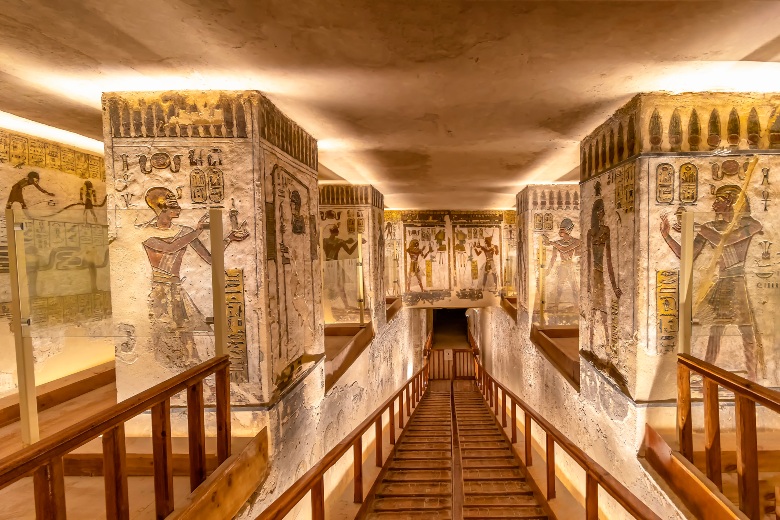
Ramesses III was the second pharaoh of the 20th dynasty, and he is thought to be the last pharaoh of the New Kingdom to truly have any authority and power in ancient Egypt.
His tomb is decorated in the traditional style, with brilliant colours and intricate artwork as well as hieroglyphics painstakingly scribed into the walls.
The actual sarcophagus is housed in the Louvre Museum in Paris, but the tomb itself remains a popular point of interest.
Temple of Seti I
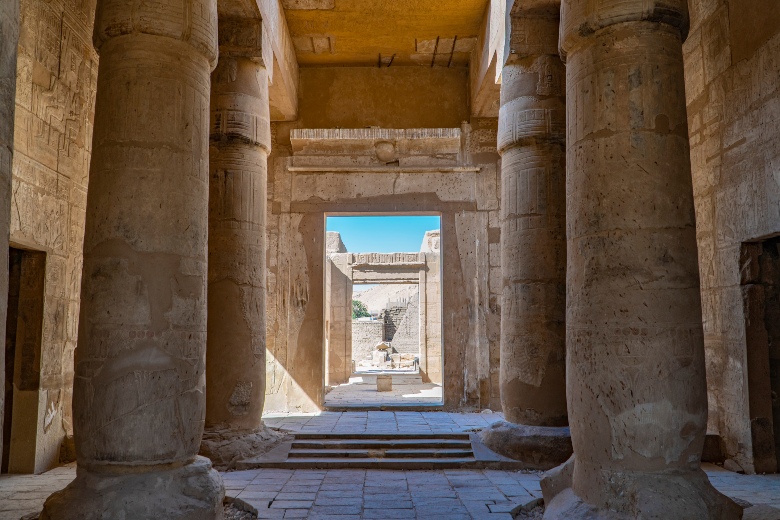
The Temple of Seti I, also called the Great Temple of Abydos, is a notably peaceful and tranquil location. There isn’t much of a ‘touristy’ atmosphere here, visitors simply wander around by themselves and explore this ancient site.
The temple was first built around 3,500 years ago, during the 18th dynasty. It is very well partially preserved, with the majority of the buildings and constructions still standing to this day.
The temple can be found in Upper Egypt, around 10km from the River Nile, in the famous archaeological site of Abydos.
The Tomb of Ramesses VI
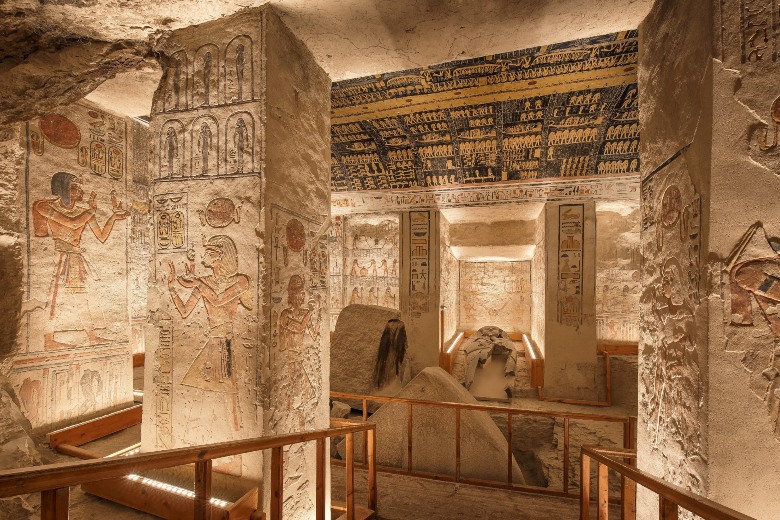
Ramses VI was the son of Ramesses III and Queen Iset. He ruled for approximately eight years during the 20th dynasty.
The tomb of Ramesses VI is located in the valley of the Kings and is open to visitors. The tomb itself (KV9) originally belonged to Ramesses V, but Ramesses VI (his uncle) decided to use it for himself instead.
Temple of Hatshepsut at Deir el Bahari
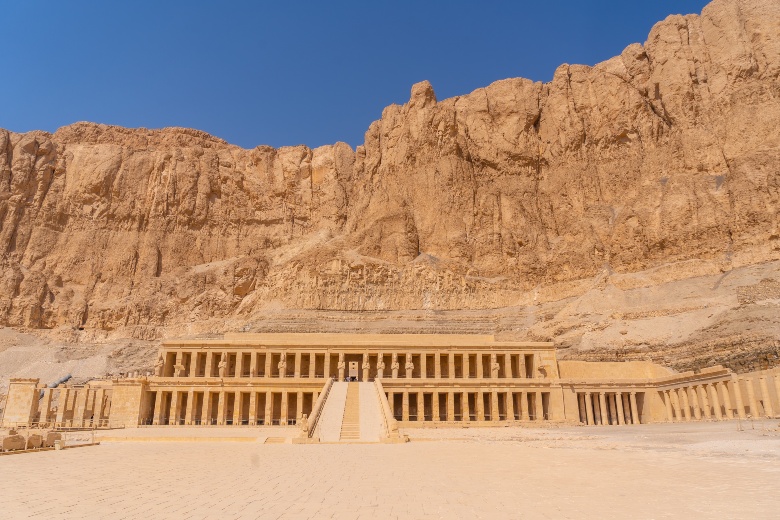
The Temple of Hatshepsut at Deir el Bahari is a mortuary temple that was built during the reign of the pharaoh Hatshepsut of the 18th dynasty.
The temple is positioned on the cliffs of Deir el Bahari and is considered one of the greatest examples of ancient architecture.
It is easily recognizable by the three gigantic terraces that rise against the cliffs, creating an imposing and powerful sight that left visitors, both ancient and modern, in awe.
Tomb of Sennefer
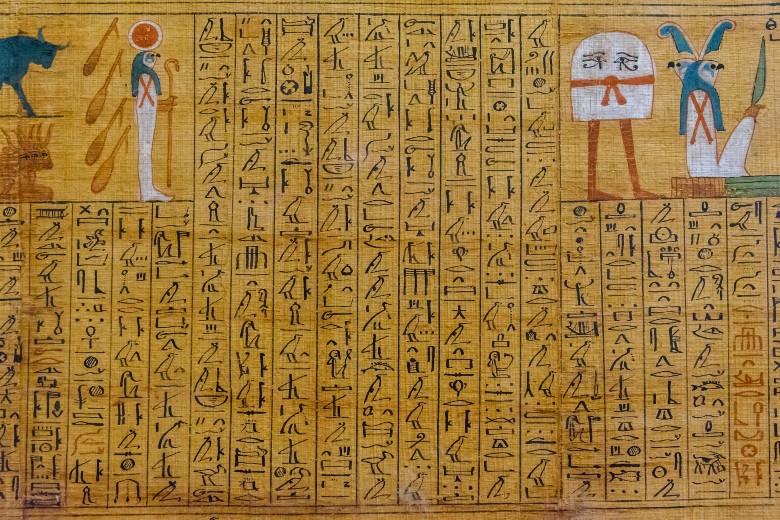
Sennefer was not another pharaoh, but a nobleman in ancient Egypt. He had many ostentatious titles, including ‘mayor of the city’ and ‘overseer of the granaries and fields, gardens and cattle of amun’ (try saying that in a rush!)
The tomb itself is sometimes referred to as the Vineyard Tomb, because of the beautiful decorations and paintings that depict colourful vines and grapes covering every inch of the ceiling.
Ramesseum Temple
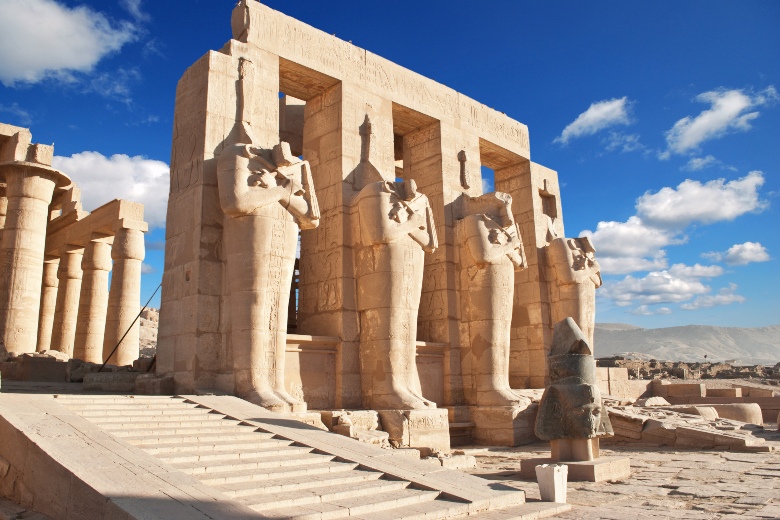
This list of temples and burial sites is by no means exhaustive, there really are countless temples, burials, monuments and archaeological sites in Luxor, so this is just a snapshot of some of the most famous.
The final one on this list is Ramesseum Temple, a memorial temple devoted to Ramesses II. It is slightly further away from the city centre than the others and can be found in Upper Egypt on the west bank of the Nile.
It is famous for the incredible 54-foot tall statue of Ramesses II which is still partially intact, and for being the inspiration for one of the verses in the poem Ozymandias by Percy Shelley. All in all, it’s definitely worth a visit,



